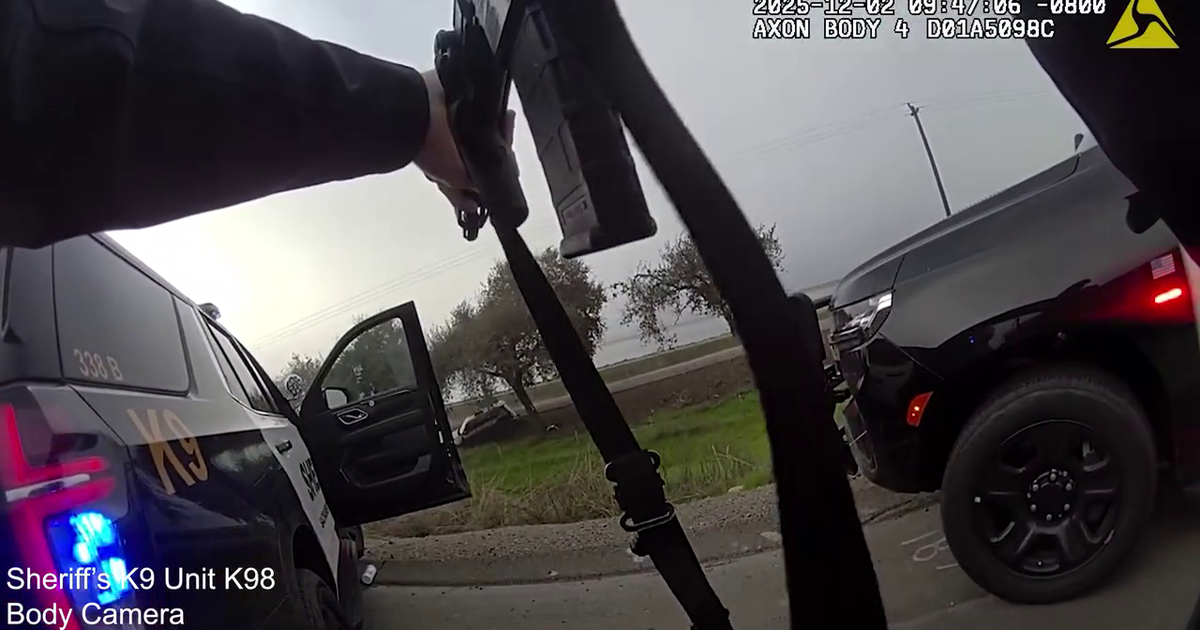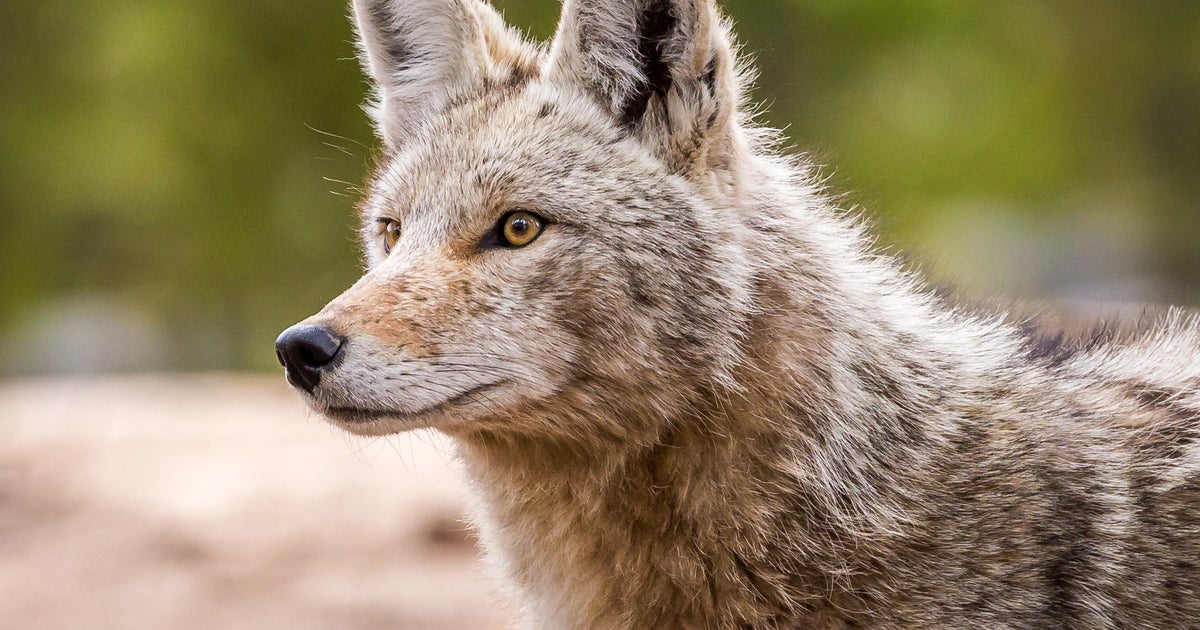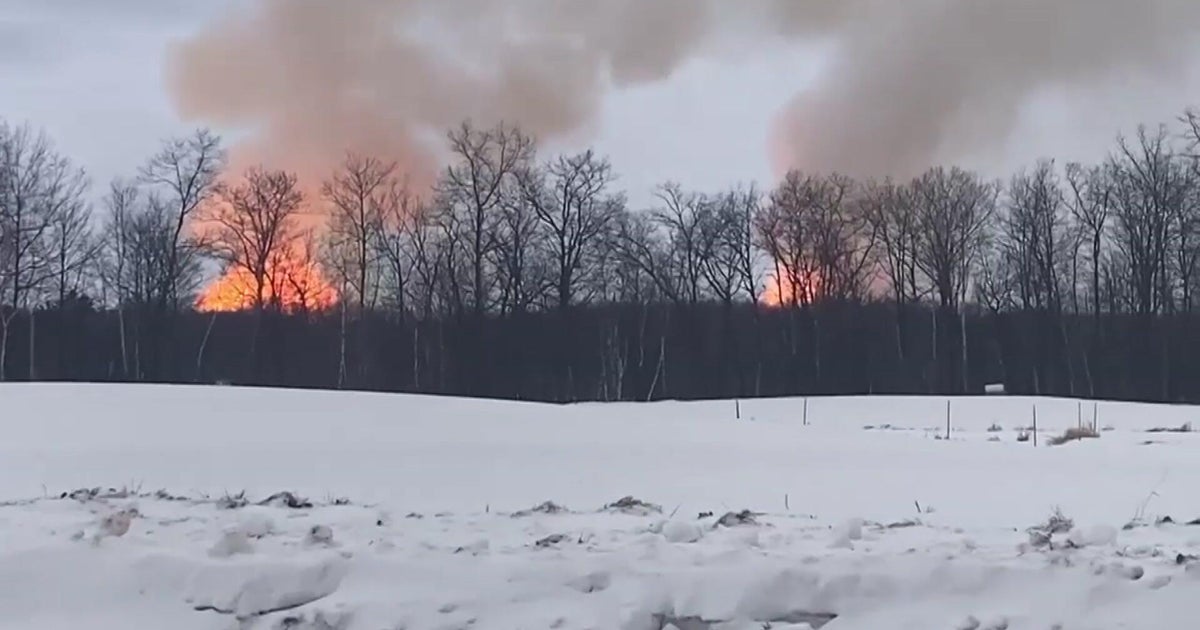Invasive swamp rat poses big threat to wildlife in California's Central Valley
SAN JOAQUIN COUNTY – Nutria, a giant rodent also called the swamp rat, is continuing to invade California's Central Valley, according to the US Department of Fish and Wildlife.
This invasive species can destroy not only habitats but also critical levees agricultural lands need.
Officials are trapping them and getting rid of them. They say it is the best thing they can do right now, but these Nutria keep coming back and in high numbers.
For officials at the local and national level, this is a big priority.
"I had to bring a taxidermic rodent into the halls of Congress," said Congressman Josh Harder.
Congressman Harder represents San Joaquin County, and Thursday morning came out to the San Joaquin River National Wildlife Refuge to see the progress wildlife officials have made on eradicating Nutria.
Also called the swamp rat, it's an invasive species in California.
"Once you get one of these rodents into a wetland, they just take over," said Harder. "That's the danger of one of these invasive species, we don't have natural protections."
Back in 2020, Harder secured $12 million of funding for five years to beef up wildlife official's battle to get rid of Nutria.
But it's not just bad for the habitats in the refuge.
"They cause a lot of damage to wetlands and infrastructure to water infrastructure. California has a lot of water that gets moved around," said Chris Harper.
Farmland and levees are also under threat from the Nutria.
Harper is the project leader with the U.S. Fish and Wildlife. He says his team continues to trap and get rid of the swamp rats as much as they can.
So far this year, along the San Joaquin River 77 have been captured.
They originate from South America but were brought to California as part of the fur trade.
Thought to be extinct, they were found again in California in 2017.
Since then, more than 4,600 have been captured, and the numbers keep growing, with Stanislaus County having captured nearly 1,000 to date.
Harper says the funding is helpful.
"Five new techs to really help run the cameras and run the traps full time. So we were really able to staff up this season," he said.
But it's running out. That's why Harder says the funding he secured four years ago needs to be reauthorized.
"If we don't get this species eradicated," Harder said. "It will cost hundreds of millions of dollars of infrastructure damage and agricultural damage over the next couple of years."
Officials told CBS13 it's hard to estimate how many Nutria are still out there in each county.
They also couldn't give a timeframe for how much longer it will take to rid Nutria of this area, but they see it as necessary.







